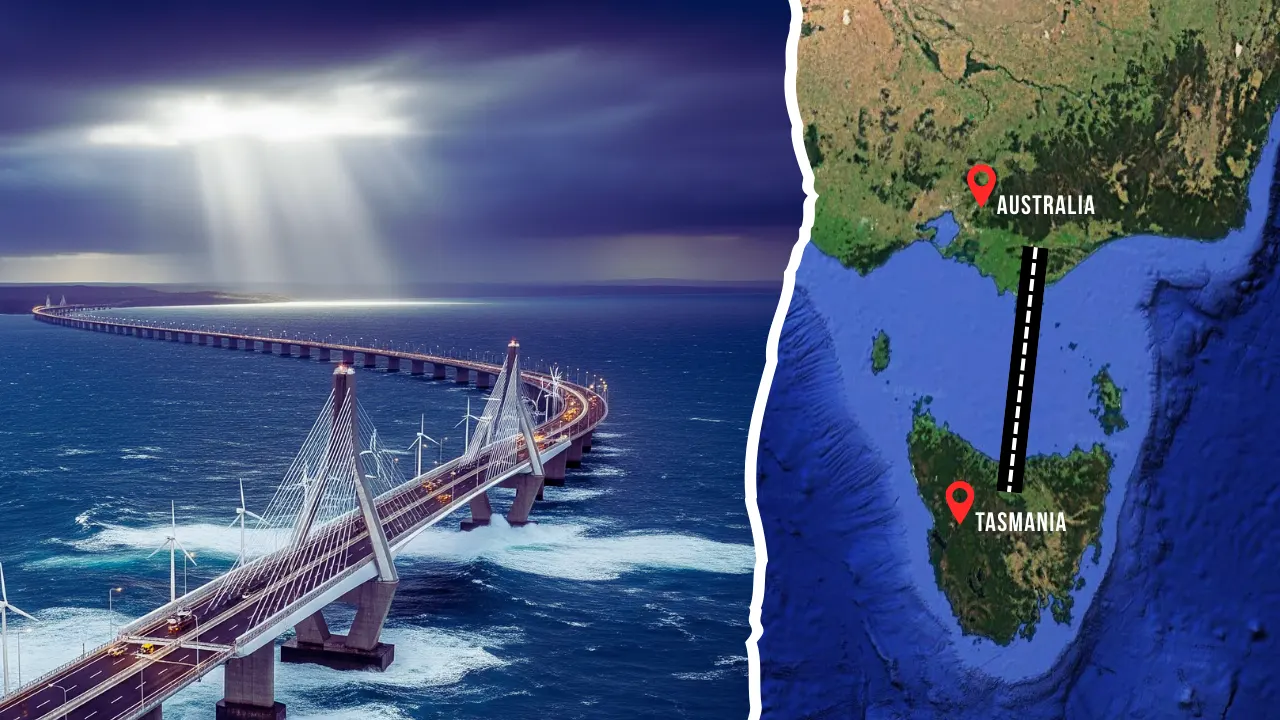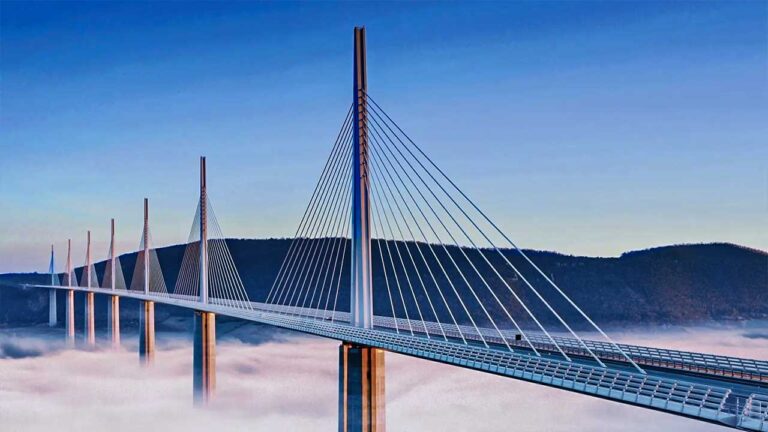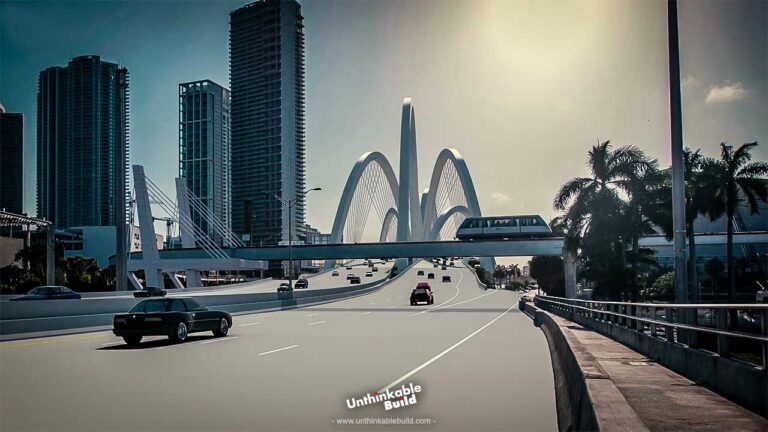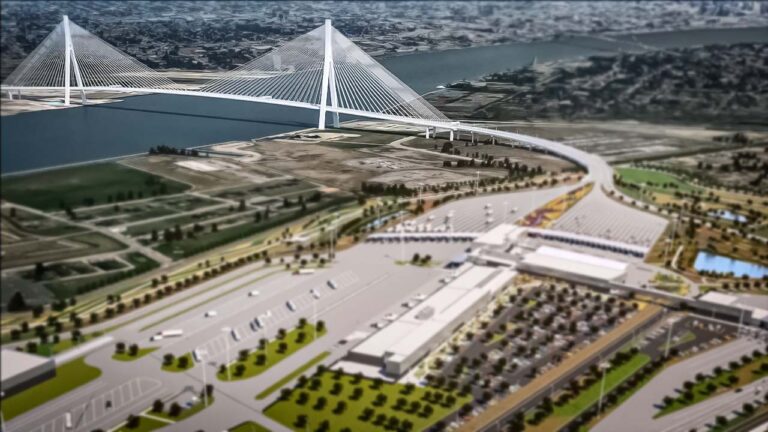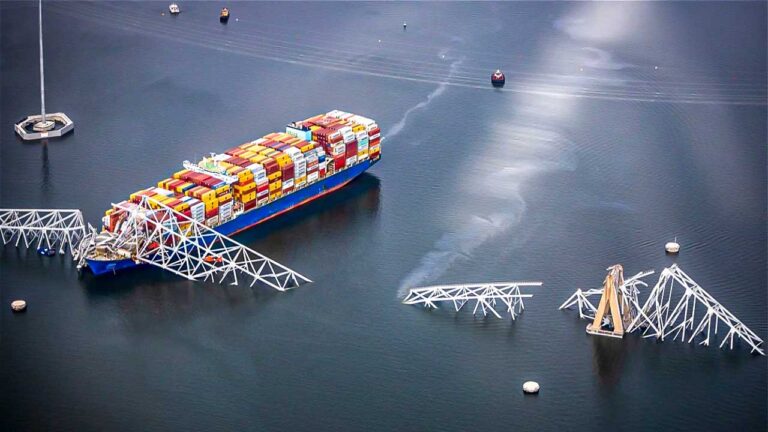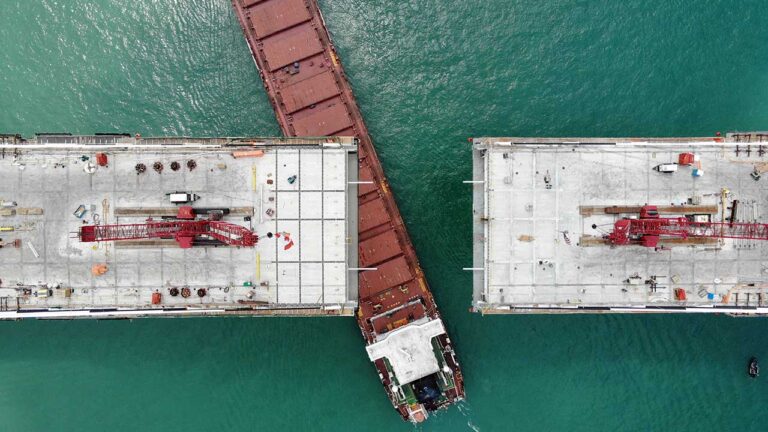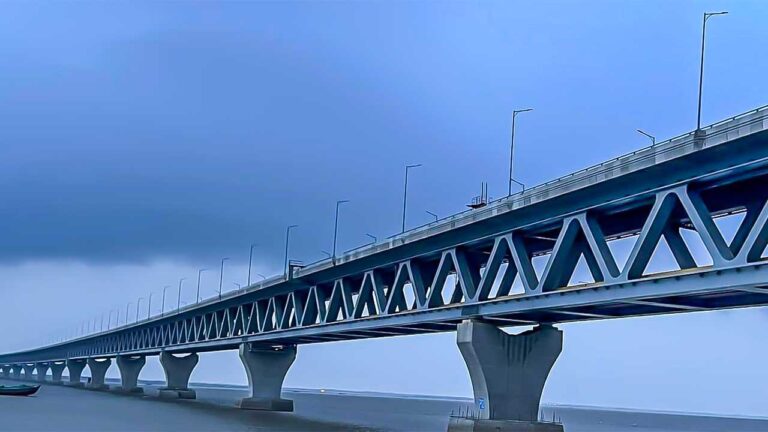Tasmania Bridge: Could the World’s Longest Bridge or Tunnel Cross the Bass Strait?
Twelve thousand years ago, Tasmania was part of mainland Australia. Rising seas cut the island off, leaving it isolated in the roaring waters of the Bass Strait. Today, engineers and policymakers are asking a question that sounds impossible: could Tasmania be reconnected by one of the most extreme bridges or tunnels the world has ever seen?
This is not science fiction. Politicians, engineers, and economists see Tasmania’s separation as both a limitation and an opportunity. Freight costs remain high, energy exports face bottlenecks, and tourism growth is capped by ferry and flight capacity. The proposal on the table is nothing less than a 240-kilometre fixed link across some of the harshest waters on Earth. The scale is unprecedented, the cost staggering, and the engineering challenges unlike anything ever attempted.
Tasmania Bridge: World’s Longest Bridge
A Vision That Refuses to Die
Talk of physically linking Tasmania to Australia began in the 1950s. The idea never advanced, partly because post-war budgets left no room for such extravagance. By the 1990s, Tasmania’s economy was under strain. Industries struggled with market access, and ferry routes became more expensive. The concept resurfaced but stalled again due to overwhelming costs.
Momentum returned with Tasmania’s renewable energy ambitions. The Marinus Link project, a proposed 1,500MW undersea electricity cable between Tasmania and Victoria, has shown that mega-infrastructure beneath the Strait is feasible. If energy can move across, why not people and freight?
Globally, we’ve seen projects once dismissed as impossible become real. The Channel Tunnel now links England and France under the English Channel. The Hong Kong–Zhuhai–Macau Bridge, the world’s longest sea-crossing, stretches 55 kilometers. These projects once felt like fantasy. Yet they stand today as proof that vision can become steel and concrete.
Routes Across the Strait
On paper, the shortest route is a direct 240-kilometre span from Victoria to Tasmania. The map makes it look simple. The reality is different. The Strait is deep, violent, and geologically unstable.
Two alternative routes include detours through Flinders Island or King Island. Both add length but reduce depth and provide more construction windows in calmer waters. Each route presents trade-offs. A direct path offers technical simplicity but faces some of the fiercest marine storms on the planet. Island routes lower depth but increase logistical hurdles.
Either way, engineers face one truth: Bass Strait is unforgiving.
Building a Bridge Across the Roaring Forties
If built, this would become the longest sea bridge in human history, four times the Hong Kong–Zhuhai–Macau Bridge. Engineers would likely combine suspension and cable-stayed designs, resting on piers drilled deep into shifting seabeds.
Conditions push the limits of modern engineering. Parts of the Strait plunge beyond 150 meters. Storm waves reach 15 meters, and winds surpass 100km/h. The bridge would sit in the Roaring Forties, a belt of relentless westerly gales that circle the globe. Structural strain would be constant.
For comparison, the proposed Saudi–Egypt Red Sea Bridge between Asia and Africa is 32 kilometers long. Its challenges are political, environmental, and navigational. But in scale, the Tasmania link would be nearly eight times longer, through harsher seas. The Huajiang Canyon Bridge in China, now the world’s highest at over 600 meters above the canyon floor, shows that engineers can build in extreme vertical environments. The Taiwan Strait’s Suhua Highway bridges and the Chiayi Yunlin cable-stayed bridge projects prove Asia’s willingness to push cable-supported spans to record lengths. Yet none of them face a 240-kilometre sea crossing in open ocean.
Cost estimates run above 80 billion AUD, before factoring in maintenance. That’s more than quadruple the Hong Kong–Zhuhai–Macau Bridge. Even with advanced materials like self-healing concrete and AI-driven structural monitoring, the Bass Strait would punish every exposed section of steel and cable.
Could a Tunnel Work Instead?
If the surface is too brutal, a tunnel offers shelter from storms but at a staggering cost.
Several designs are possible:
- Immersed tube sections in shallower waters, like Denmark’s Fehmarn Belt Tunnel.
- Bored rock tunnels through deeper stretches, using TBMs similar to Japan’s Seikan Tunnel.
- Floating submerged tunnels, anchored to the seabed, a concept now being tested in Norway.
For perspective, Japan’s Seikan Tunnel is 53 kilometers long. It took decades to build and cost over $7 billion in 1988. The Bass Strait tunnel would be almost five times longer. Costs could exceed $50 billion, with ventilation, safety, and evacuation challenges on a scale never seen before.
Imagine driving into a tunnel longer than the distance between some entire nations. Engineers would need advanced evacuation hubs, automated safety systems, and 24/7 monitoring. No one has ever attempted such a length.
Environmental Consequences
Any fixed link would reshape ecosystems. The Bass Strait is a migration route for endangered whales, dolphins, and seabirds. Construction noise, pile driving, and seabed disruption could cause long-lasting harm.
On land, corridors leading to the bridge or tunnel would cut through forests that shelter the Tasmanian devil and other rare species. Environmental safeguards could include artificial reefs, noise-dampening construction methods, and protected passage zones for marine life. Still, disruption on this scale would last years.
Opposition from conservation groups would be fierce. The challenge lies in proving that the long-term benefits outweigh the damage.
Why Build It At All?
The benefits would be profound. Freight costs for Tasmanian exports from premium wine and timber to seafood would fall dramatically. Tourism could surge, opening Tasmania to direct road access for mainland travelers. Emergency access for medical and disaster response would improve.
Symbolically, it would unite Tasmania with the mainland, rewriting Australia’s sense of geography. For a country that often sees itself as defined by distance, such a link could redefine national identity.
There is also energy. Tasmania’s hydropower potential could flow to the mainland more efficiently. A bridge or tunnel could double as a power corridor, reinforcing Australia’s energy security.
The Hard Reality
For now, no government is willing to commit. Budgets are stretched, and public trust in mega-infrastructure has been dented by cost overruns elsewhere. The maintenance of such a link could consume billions annually.
Yet technology is advancing. AI-controlled inspection systems, modular bridge components, and smart monitoring platforms could reduce costs. If the Marinus Link succeeds, it may open the door to serious consideration of a fixed crossing.
Looking abroad, the ambition is not out of place. The Saudi–Egypt Red Sea Bridge, the Huajiang Canyon Bridge, and Taiwan’s mega cable-stayed projects all prove one thing: nations continue to dream bigger, higher, and longer. Australia may one day join them with the most audacious project of all.
Final Thoughts
So, is a bridge or tunnel across the Bass Strait possible? Today, it feels closer to a thought experiment than a construction tender. Yet history tells us that what feels impossible today can be reality tomorrow. The Channel Tunnel was once ridiculed. High-speed rail in deserts was once unthinkable. Even building in hurricane zones seemed absurd, until it wasn’t.
If the political will emerges, and if technology evolves as rapidly as energy demands, Tasmania’s fixed link could move from fantasy to blueprint.
I can tell you this standing on the Tasmanian coast, with the Strait roaring in front of me, it doesn’t feel like an engineering report. It feels like staring at the edge of possibility.

